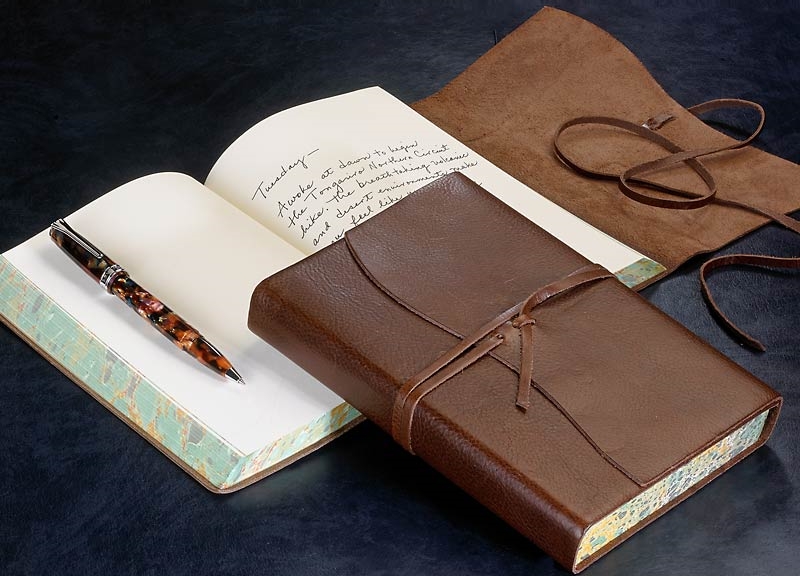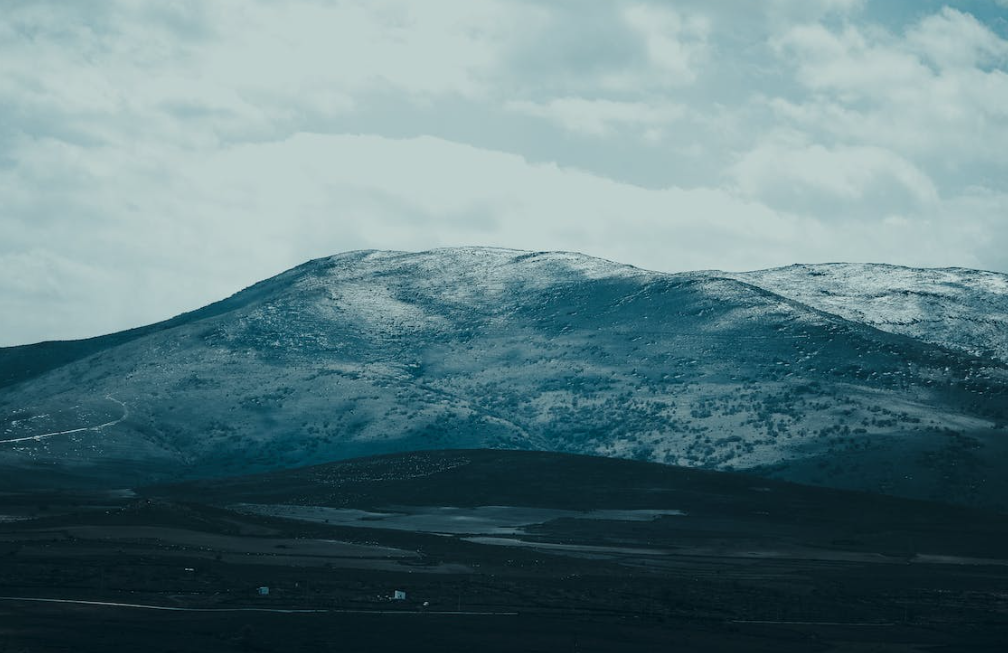Introduction
In a world inundated with constant stimuli and the pressure to accumulate, the principles of minimalism and mindfulness offer a sanctuary of balance. They guide us towards simplification, intentionality, and an acute appreciation for the present moment. This article explores the profound interplay between minimalism and mindfulness, and how their integration can lead to a more harmonious and fulfilling life.
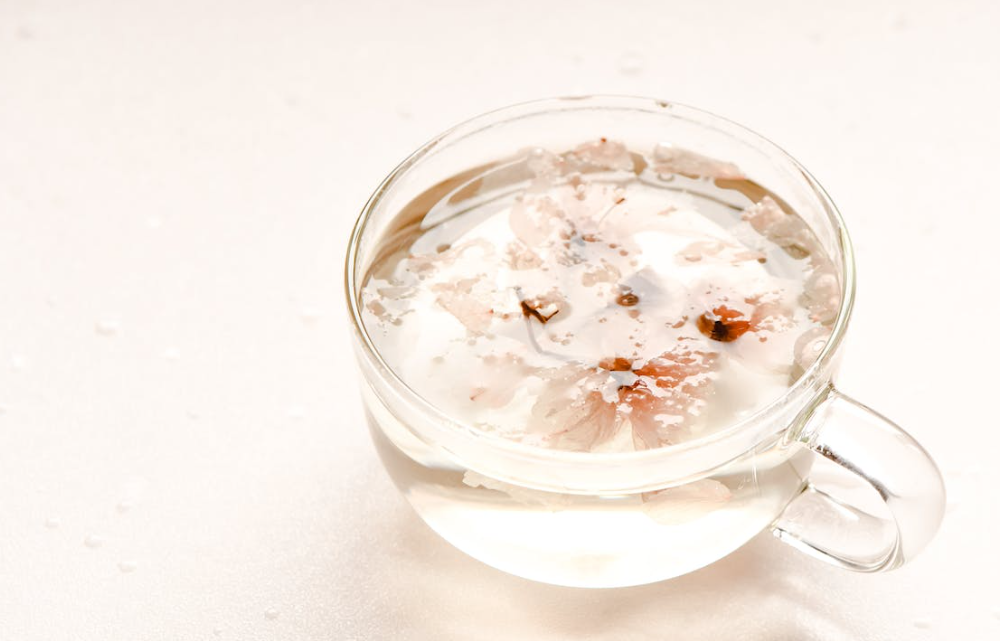
Understanding Minimalism and Mindfulness
2.1 Defining Minimalism
Minimalism is more than an aesthetic choice; it’s a deliberate lifestyle that centers on intentional living and a conscious reduction of excess. It prompts us to reevaluate our possessions, commitments, and priorities, ultimately seeking quality over quantity.
2.2 Unpacking Mindfulness
Mindfulness is a state of heightened awareness and presence. It calls for an active, non-judgmental engagement with the current moment. Through mindfulness, we learn to appreciate life’s nuances, fostering a deeper connection with ourselves and the world around us.
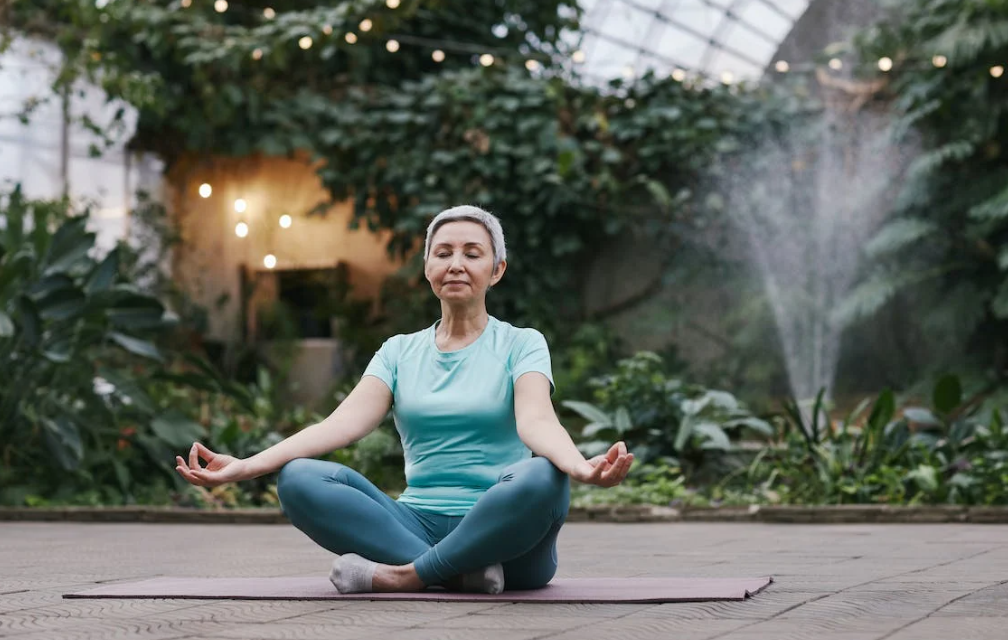
The Interplay of Minimalism and Mindfulness
3.1 Simplifying the Physical Environment
Minimalism starts with decluttering our physical space. By parting with unnecessary possessions, we create room for what truly matters, promoting a sense of tranquility and order.
3.2 Streamlining Mental Clutter
Mindfulness complements minimalism by decluttering the mind. Through mindfulness practices like meditation and deep breathing, we learn to let go of racing thoughts, allowing for mental clarity and a greater capacity for presence.
3.3 Cultivating Present-Moment Awareness
Minimalism encourages us to appreciate the present by letting go of attachment to material possessions. Mindfulness takes this further, teaching us to fully engage with each moment, finding contentment in the here and now.
Benefits of Embracing Minimalism and Mindfulness
4.1 Reduced Stress and Overwhelm
The combined practice of minimalism and mindfulness alleviates the burden of excessive possessions and racing thoughts, leading to a profound reduction in stress levels.
4.2 Enhanced Clarity and Focus
With a simplified environment and a focused mind, we gain clarity in our goals and priorities. This newfound clarity directs our energy towards meaningful pursuits.
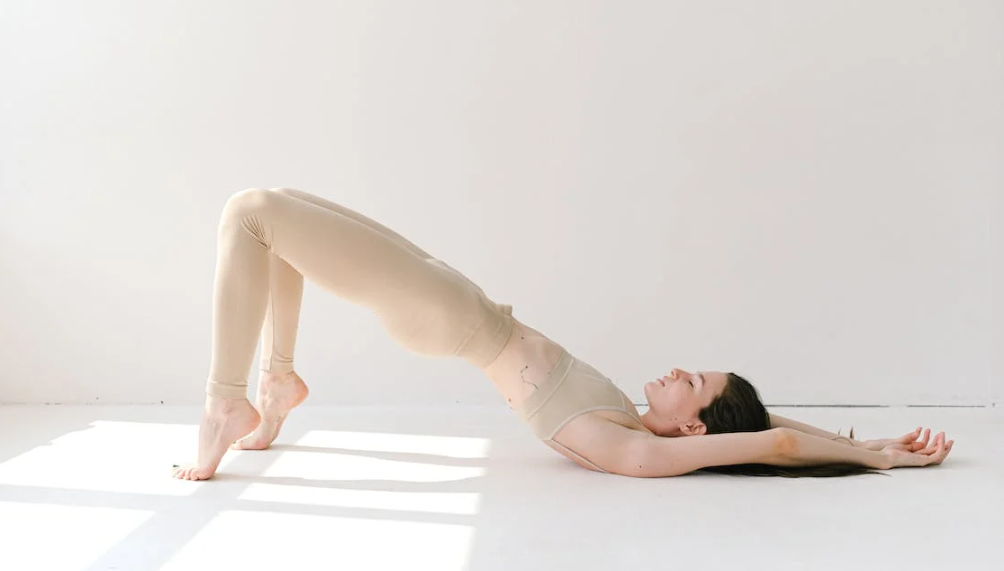
4.3 Heightened Appreciation for Life’s Simple Pleasures
Minimalism and mindfulness highlight the beauty in life’s simplest moments. A walk in nature or a quiet cup of tea become rich experiences, bringing a sense of gratitude and contentment.
Practical Steps to Incorporate Minimalism and Mindfulness
5.1 Decluttering Your Physical Space
Begin by assessing your possessions and discerning what truly adds value to your life. Donate or discard items that no longer serve a purpose or bring joy.
5.2 Mindful Consumption and Intentional Living
Practice conscious consumption by making deliberate choices about what you bring into your life. Consider the impact of each purchase on your well-being and the environment.
5.3 Daily Mindfulness Practices
Incorporate simple mindfulness exercises into your daily routine. Whether it’s a few minutes of deep breathing or a mindful eating practice, these moments of presence add up to a more mindful life.
Finding Balance in a Busy World
6.1 Navigating Digital Distractions
In a digital age, it’s essential to set boundaries with technology. Designate tech-free times and spaces to reclaim moments of genuine connection and presence.
6.2 Setting Boundaries and Priorities
Both minimalism and mindfulness emphasize the importance of setting clear boundaries and priorities. Know what truly matters to you and align your actions accordingly.
The Emotional Impact: Minimalism and Mindfulness in Mental Health
7.1 Reducing Anxiety and Depression
By eliminating clutter and fostering presence, the practice of minimalism and mindfulness has been shown to reduce symptoms of anxiety and depression.
7.2 Cultivating Resilience and Emotional Well-being
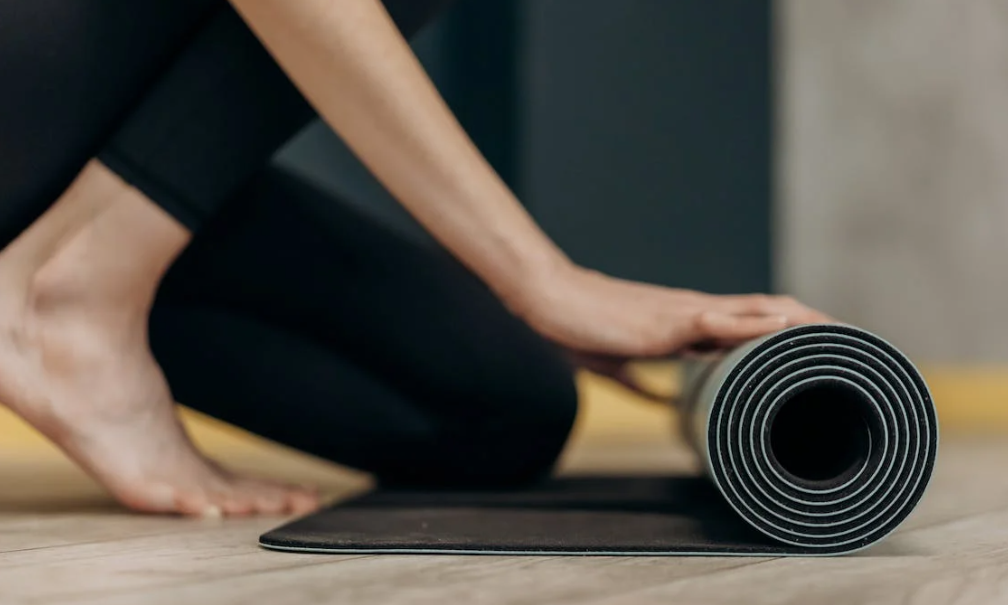
Through mindfulness practices, individuals develop greater emotional regulation and resilience, enabling them to navigate life’s challenges with grace.
Sustainable Living: Minimalism, Mindfulness, and the Environment
8.1 Mindful Consumption and Its Environmental Impact
Embracing minimalism leads to reduced consumption, alleviating the strain on our planet’s resources. Mindful choices contribute to a more sustainable and eco-conscious lifestyle.
8.2 Minimalism as a Path to Eco-Friendly Living
Minimalism encourages us to invest in high-quality, sustainable items, reducing the need for constant replacements and minimizing our ecological footprint.
Challenges and Misconceptions
9.1 Balancing Minimalism with Personal Preferences
One common challenge is finding the balance between minimalism and personal preferences. It’s important to remember that minimalism is not about deprivation, but about intentional living aligned with your values.
9.2 Dispelling Myths about Mindfulness
Misconceptions about mindfulness, such as it being a complex or time-consuming practice, can hinder its adoption. In reality, mindfulness can be integrated seamlessly into everyday life.
Personal Stories of Transformation
Throughout the journey of embracing minimalism and mindfulness, individuals often experience profound shifts in their perspectives and overall well-being. These personal stories serve as inspiring testaments to the transformative power of these practices.
Incorporating Minimalism and Mindfulness in Daily Routines
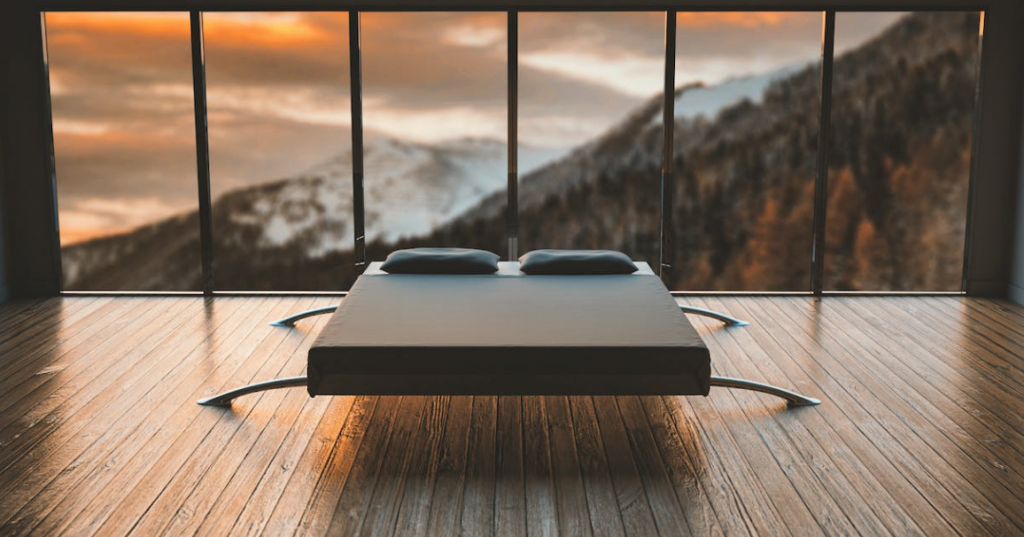
11.1 Morning Rituals for a Mindful Start
Begin your day with intention. Incorporate mindful practices such as journaling, meditation, or a mindful breakfast to set a positive tone for the day.
11.2 Creating Tranquil Spaces at Home and Work
Design environments that promote serenity and focus. Incorporate elements of minimalism and personal touches that inspire a sense of calm.
Nurturing Relationships through Minimalism and Mindfulness
12.1 Presence in Relationships
Being fully present in our interactions fosters deeper connections. Practice active listening and genuine engagement with loved ones.
12.2 Fostering Meaningful Connections
Minimalism encourages us to invest time and energy in relationships that matter most. Cultivate meaningful connections that enrich your life.
Minimalism and Mindfulness: A Lifelong Journey
Embracing these practices is not a destination, but a continuous journey of self-discovery and growth. Allow yourself the grace to evolve and adapt as you navigate through life’s seasons.
Measuring Progress: Assessing the Impact
14.1 Reflecting on Personal Growth
Take moments to reflect on your personal growth and the positive changes that have unfolded since embracing minimalism and mindfulness.
14.2 Evaluating Overall Well-being
Consider the holistic impact on your well-being – physically, emotionally, and mentally. Celebrate the improvements in your quality of life.
Conclusion
In the convergence of minimalism and mindfulness, we find a profound recipe for balance and contentment. By simplifying our lives and embracing each moment with intention, we cultivate a deeper appreciation for the richness of existence. The journey may have its challenges, but the rewards are immeasurable – a life infused with purpose, clarity, and a boundless sense of well-being.
